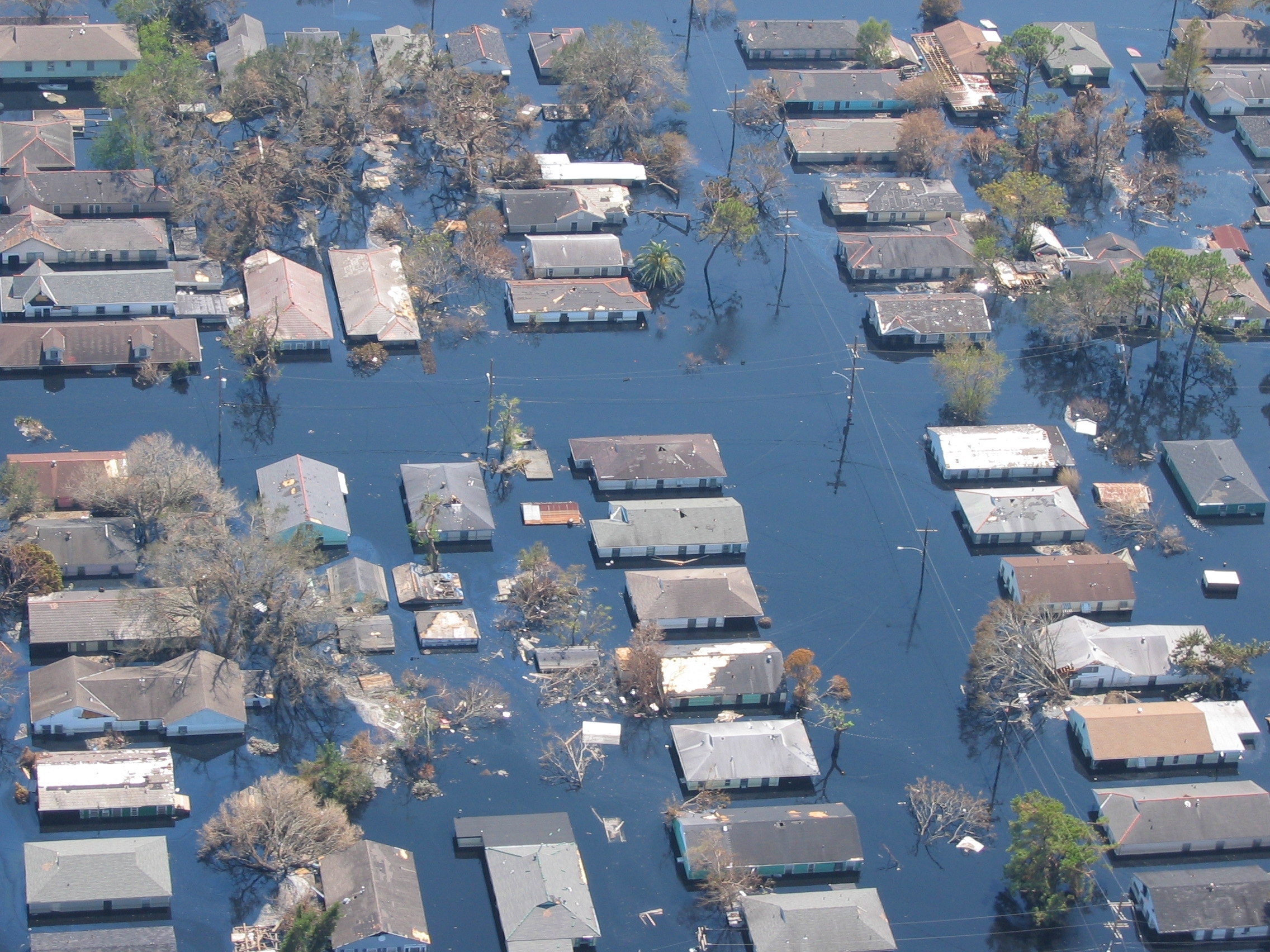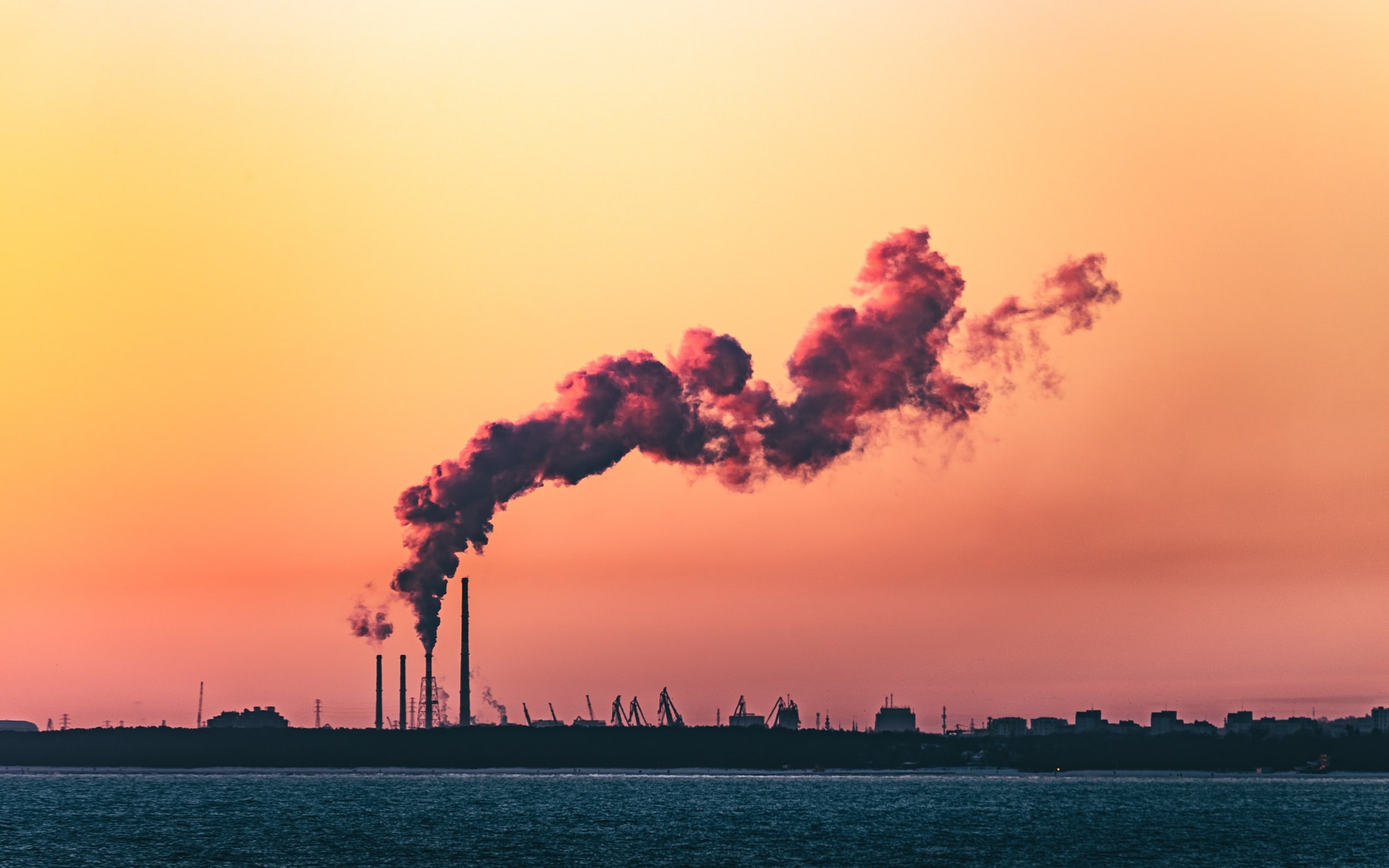“In some villages in Somaliland, the price of wheat has gone up by as much as 163%. The number of people facing starvation across the East African region is more than twice the entire population of Sweden.” For Teresa Anderson the climate crisis is clearly intertwined with other major international crises, leading to direct consequences on human rights, food security and access to resources, and often affecting more vulnerable communities and members of society disproportionately.
As global lead on climate justice at ActionAid, Teresa Anderson has been advocating for the UN climate system to deliver funds for developing countries dealing with the reality of climate-induced loss and damage, and the new report “The Long Shadow of the Climate Crisis”, for which she is lead author, reveals just how entrenched and protracted the consequences of loss and damage can be.
COP26 left many bitterly disappointed for its failure to set up a funding facility that could help make up for the inequalities inherent in climate change impacts. Now, at COP27, the issue of loss and damage finance is increasingly seen as the benchmark by which the success of the negotiations will be judged.
What is the “The Long Shadow of the Climate Crisis” report about?
The report highlights how in the absence of an international funding facility to address loss and damage, the long-term effects of climate impacts are even more damaging than is recognised in current climate discourse. In the aftermath of climate disasters, the losses, damages and spiralling costs borne by vulnerable communities and low-income countries can keep accumulating for years or even decades.
That’s because families on the front lines of the climate crisis are actually paying out of their own pockets for much of the cost of recovery. Their governments must somehow find the funds for rebuilding even as the economy grinds to a halt during and after the disaster.
Many countries are being forced to take on new debt after climate disasters, leading to deepening poverty, austerity and cuts in public services such as education, healthcare and climate action – all of which are key lifelines out of hardship and poverty. Women and girls in marginalised communities, who are already disproportionally affected by climate disasters, are also disproportionately affected by cuts to the public purse. All of this together can create a toxic trap of poverty from which it can be hard to escape. Losses and damages caused by climate change can therefore cast a long and dark shadow for years, decades, or even generations to come.
Although COP26 was a failure, the lesson that civil society groups took from Glasgow was that the public is on our side with this. And that the more we tell this story, the more the politicians will feel the heat.
What are the main criticalities you are seeing at the moment?
We are deeply worried about the catastrophic humanitarian crisis unfolding right now in East Africa, as well as the long-term legacy it will likely leave in the region.
Crop failure and livestock death as a result of prolonged drought in Ethiopia, Kenya and Somalia mean that communities are at the mercy of the global spike in food prices. For example, in Europe, in the two months after the war in Ukraine started, the price of cereals went up by a shocking 17%. Our survey of vulnerable communities coping with drought found that in some villages in Somaliland, the price of wheat went up by as much as 163%. For those who have lost everything to drought, the price of a meal is now out of reach.
Our research finds that more than 40% of the total population of Somalia is currently facing acute food insecurity. Nearly 55% of Somali children are acutely or severely malnourished. The number of people facing starvation across the East African region is more than twice the entire population of Sweden or more than four times the population of Ireland.
The losses and damages caused by climate change leave a long shadow on peoples' lives for years, decades or even generations.
On the eve of #COP27, see @ActionAid's new report on why a loss and damage funding facility is more urgent than ever.
— Teresa Anderson (@1TeresaAnderson) November 2, 2022
How important will discussions around loss and damage be for a successful COP27?
The wealthiest polluting countries responsible for causing the climate crisis have effectively shifted the costs of climate change onto the world’s most vulnerable people. But there is still no international system to provide climate finance to those suffering from climate-induced loss and damage. Developing countries are being left to deal with the crisis on their own.
For decades now, vulnerable counties have asked UN climate talks to address this glaring gap. Somehow Northern governments have continually batted it away, dismissing the gap in finance for loss and damage as a niche issue.
When you think about it, it’s profoundly shocking that the UN body set up to address the issue of climate change doesn’t actually help those who are harmed by its impacts.
This year, however, the issue of loss and damage finance is finally front and centre at COP27. The scale and severity of disasters we’ve seen in 2023, including the drought in East Africa and the catastrophic flooding in Pakistan, have highlighted the twin injustices of climate change and insufficient finance.
Is there enough pressure and momentum this time?
The European Parliament recently passed a resolution calling for COP27 to agree to a loss and damage funding facility and for the EU to contribute grants to address the gap. That means the EU delegation at COP feels huge pressure from its own citizens. COP being hosted in Africa also makes it hard for Northern countries to ignore the realities of climate chaos playing out not far from the conference door.
All of this means there is huge expectation and pressure for COP27 to deliver a real and meaningful outcome that can make a real difference in the lives of people on the front lines. There is now widespread agreement that the issue of loss and damage finance will be the benchmark by which the success of COP27 is judged.
What would a positive outcome on loss and damage look like at COP27?
We need governments in Sharm el Sheik to agree to set up a new loss and damage financing facility. For that to happen, the countries that have traditionally opposed these proposals – the US, the EU, Australia and the UK – must finally step forward, or at the very least, stop blocking.
A clear COP27 decision for a loss and damage funding facility would pave the way for discussions the following year to work out the best structure, principles, governance and of course, sources of funding. While some countries have argued that we should decide all the details before we agree to them, developing countries have realised that’s a cynical ploy, used many times over the years, to keep delaying a decision. That’s why we need a real decision at COP27, so that there can be trust that this will result in something that actually makes a difference in people’s lives.
If this happens, COP27 will be a real turning point for international collaboration and solidarity and a vital signal that humanity is ready to deal with this planetary problem with the global mindset it deserves.
What will the main sticking points be at COP27?
We can expect various obstacles and distractions to be thrown in the path. The first day or two of negotiations may even be taken up with a fight over whether loss and damage finance can even be put on the formal agenda for negotiations!
We might hear some countries trying to channel the discussion into a blind alley by claiming talks should take place under the “Glasgow Dialogue” workshops, which is more of a talk-shop than a decision-making body, and which only has a mandate to keep talking for several years more with no real outcome in sight. Rich countries may also try to cynically repackage their subsidies to Northern insurance corporations as “loss and damage finance” and pretend that this can be a substitute for real funds to help countries and communities to recover from climate disasters.
What is the key to stopping high-income countries from dragging their feet?
One of the most powerful things that can influence governments is when they feel pressure from their citizens and can trust that they will be lauded back home for making the right decision.
With the issue of loss and damage now at the centre of the climate story and public understanding, you can sense governments’ political calculations starting to shift. The test now is whether they will have the moral courage to seize this moment and start to put the world to rights.
What lessons can we draw from international climate negotiations in terms of climate justice?
At COP26 in Glasgow, we came closer than ever before to obtaining an agreement on a loss and damage funding facility. The momentum, pressure and public demand were unprecedented and hugely exciting. It felt like the moment when the world began to wake up to the fact that the only way that we can address the climate crisis is by standing together and supporting each other.
When the US blocked the decision, it was bitterly disappointing. Although they tried to spin the “Glasgow Dialogue” as a compromise, everyone knew it was an insult to pretend that several years of UN workshops could be a decent substitute for real finance to help the people on the ground who are being pushed deeper into poverty and hunger by climate disasters.
But the lesson that civil society groups took from COP26 was that the public are on our side with this. And that the more we tell this story, the more the politicians will feel the heat.
Is there any evidence of evolution in the relationship between developed and developing countries, between finance and climate action in the realm of loss and damage?
The UN General Assembly was a remarkable moment for the way that it repeatedly shone a spotlight on loss and damage to finance, exposing a glaring gap at the very core of the climate conversation.
The Prime Minister of Pakistan spoke of the massive human tragedy his country is facing as a result of the devastating floods, which have covered a third of the nation. UN Secretary General Antonio Guterres called for windfall taxes on fossil fuel companies to provide funds to countries suffering from loss and damage. This was echoed by vulnerable countries’ proposal for a global system of taxation on polluting industries to generate funds to address loss and damage. Civil society played its role with a massive online social media campaign calling on polluters to #PayUp4LossAndDamage. And then Denmark came forward as the first nation to announce a contribution to loss and damage finance, following announcements last year by the regions of Scotland and Wallonia.
All of this means that it’s becoming harder and harder for rich counties to deny that there is both the need and the means to pay for loss and damage finance. It’s clear that the money can be found if the will is there and that a new loss and damage financing facility is needed to channel the funds in a transparent and multilateral manner.
Human rights is an issue that is always at the centre of the climate crisis and the strategies put in place to address it. How are things evolving in this area?
Climate is, at its core, a human rights issue. Too often, policymakers and scientists get caught up in abstract discourse about juggling carbon molecules while forgetting how these relate to real people’s lives. Climate change is rolling back progress on human rights, particularly in developing countries, by devastating people’s safety, their right to food, and their access to clean water. It’s increasing poverty, depriving children in climate-affected regions of their right to education and leading to increased violence against women.
At the same time, human rights and social justice need to be at the centre of decision-making about climate solutions. If policymakers and scientists forget to consider the impact of poorly thought-through “solutions” on people, they may end up driving land grabs, displacing farmers and indigenous peoples, putting people out of work, or increasing hunger and poverty. Approaches that ignore or undermine human rights can compound the injustice of climate change whilst also running into fierce resistance and delay from affected communities.
We need a rights-based approach to policymaking that ensures that we are addressing – and not undermining – human rights including food security, access to water, land rights and women’s rights in all climate action.
The gender gap is another issue that is relevant to climate action. How are you working to make adaptation efforts less gender-blind?
Women are several times more likely to die from climate disasters than men, and 80% of people displaced by climate disasters are women. When water sources dry up, women and girls must walk further to fetch water. When crop failure affects food production and family income, women tend to skip meals more than men. Girls are pulled out of schooling before their brothers to save on school fees or to send them to fetch water, setting them on an unequal path for life. Women also experience much more gender-based violence during climate disasters.
National budget cuts in the aftermath of climate disasters disproportionately affect women and girls. Their access to education, maternity services and childcare is more dependent on free public services, while women and girls also act as invisible shock absorbers when services are cut, filling in the gap in care provision while losing out on their own opportunities for education and earning.
In the meantime, however, policies are all too often gender-blind or gender-biased and policymakers tend to listen to the needs of elite men, not the marginalised women most affected by climate change.
At ActionAid we work with communities to support them to adapt and strengthen their resilience to climate change. For us, women’s empowerment is the most important foundation of climate action. We support women in marginalised communities to form groups where they can collectively analyse how climate change has affected their lives, and to then develop and implement strategies that will help them to adapt.
Climate disasters don’t just damage homes. When a crisis hits, women & girls living in poverty are more at risk of starvation, violence & loss of education & livelihoods.
Sign our petition telling leaders at #COP27 it’s time to #PayUp4LossAndDamage: https://t.co/yN8ftOpY5v pic.twitter.com/Uyk1PUDIsD— ActionAid Association (@ActionAidIndia) November 4, 2022
Is there room for optimism about the future?
Some days, yes, I am optimistic. Coming out of COP26, in spite of the disappointing outcome, it felt as if there was more energy, momentum and public appetite for real climate action and solidarity than we had ever seen before. Politicians were really feeling the pressure from their citizens.
That momentum carried into 2022. But then the war in Ukraine started, and politicians panicked and retreated into their comfort zones of chasing fossil fuels. Now we see the EU wooing Africa to open up and sell their fossil gas reserves – in spite of the knowledge that this is planetary suicide. The latest UNEP gap report from last week also compounded my feelings of disappointment. The pathway to staying under 1.5°C warming is possible, but governments and corporations are not choosing to take it. The window is closing, and we are sleepwalking.
What we need is for the lightbulbs to go on in the minds of the big polluters, the politicians, the corporations, and the billionaires, and for those lightbulbs to stay on long enough for them to stop sabotaging the change that the planet and its people are crying out for.
 Teresa Anderson is climate policy coordinator for ActionAid International, where she campaigns for climate action to ensure social justice. She specialises in climate issues relating to agriculture, land and agroecology. With ActionAid she has launched a petition calling on the US, the UK, the EU and Australia to agree at COP27 to a funding facility to address loss and damage caused by climate change.
Teresa Anderson is climate policy coordinator for ActionAid International, where she campaigns for climate action to ensure social justice. She specialises in climate issues relating to agriculture, land and agroecology. With ActionAid she has launched a petition calling on the US, the UK, the EU and Australia to agree at COP27 to a funding facility to address loss and damage caused by climate change.






